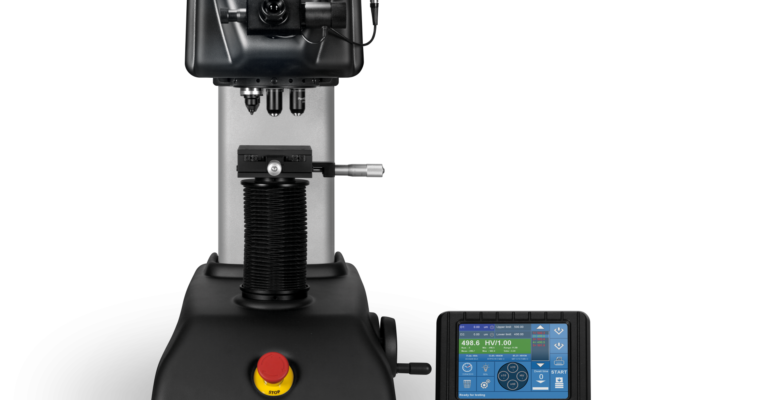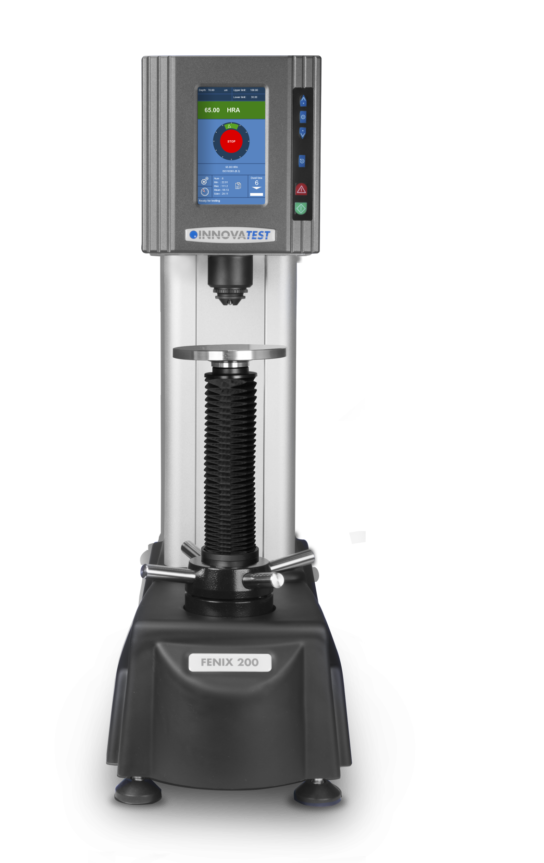
What is Hardness Testing in Materials?
Hardness testing is the most basic element in R&D work and quality control procedures. A material’s hardness can be defined as the resistance of a material to localised indentation or plastic deformation. This term could describe a material’s resistance to abrasion, cutting or scratching. The application of this test allows for the evaluation of the properties of a material, including ductility, module of elasticity, wear resistance, limit of elasticity and strength. It is also crucial to determining if material treatment is suitable for the application at hand. This test is performed through pressing the indenter on the surface of the material being tested. Ball Indentation hardness, Instrumented Indentation Testing and Rockwell measure the depth of penetration, while Knoop, Brinell and Vickers measure the size of impression left by the indenter.

Choosing a Hardness Test Method
The hardness testing method used should be influenced by the microstructure, such as the homogeneity of the material being tested. The size of the parts to indent and the material should also be factored in. Before choosing a hardness tester, several elements should be evaluated, including the test load, the hardness range, the accuracy level, the size of the part, the number of samples to be tested, the required accuracy of the result and the adaptability of the device. The material being indented has to be the full representative of the microstructure. Note; if a microstructure is too coarse and heterogenous, it will need a larger impression than is the case with the homogenous materials. The right application of the test will need careful preparation and execution. With proper consideration of the basics, hardness tests give proper accuracy and repeatability.




